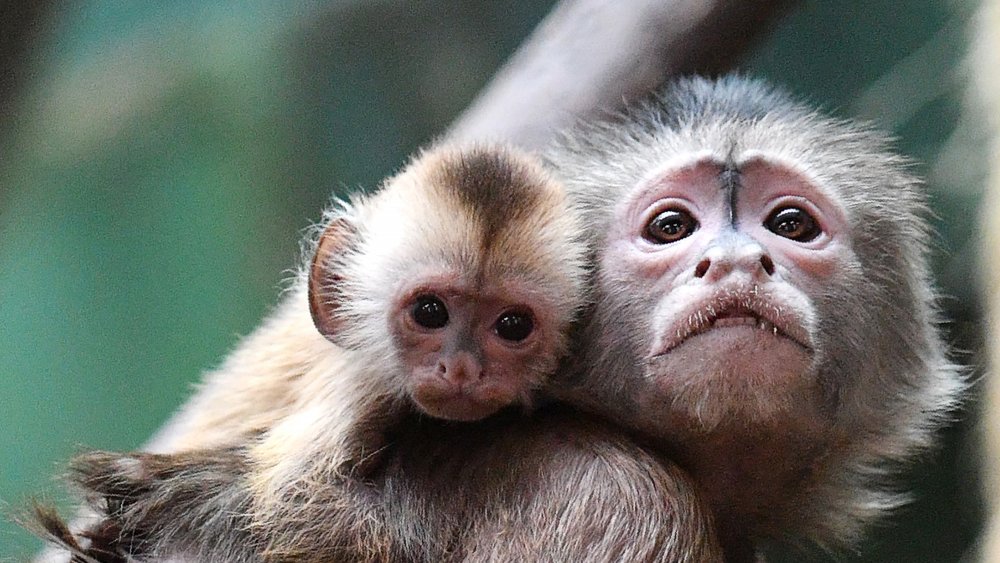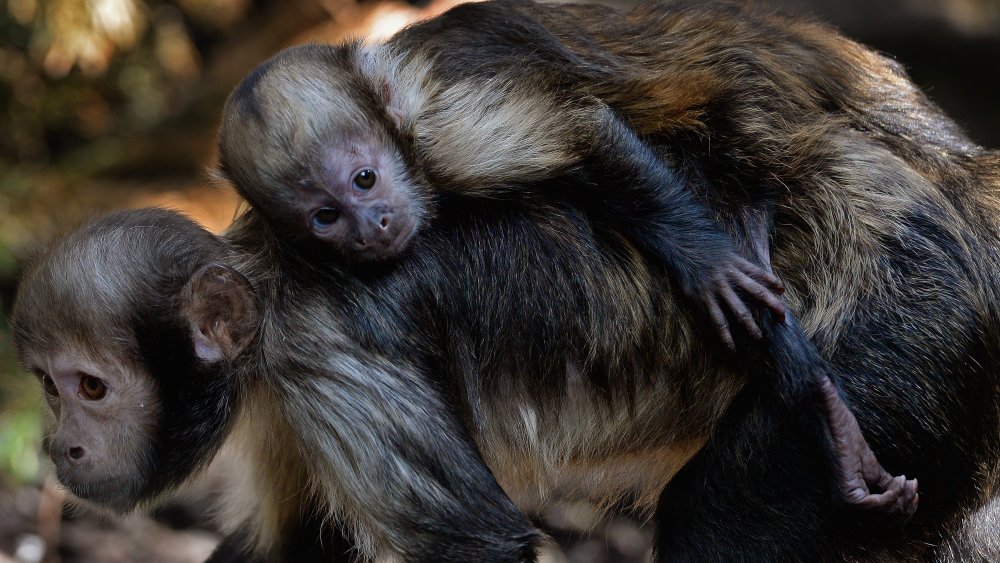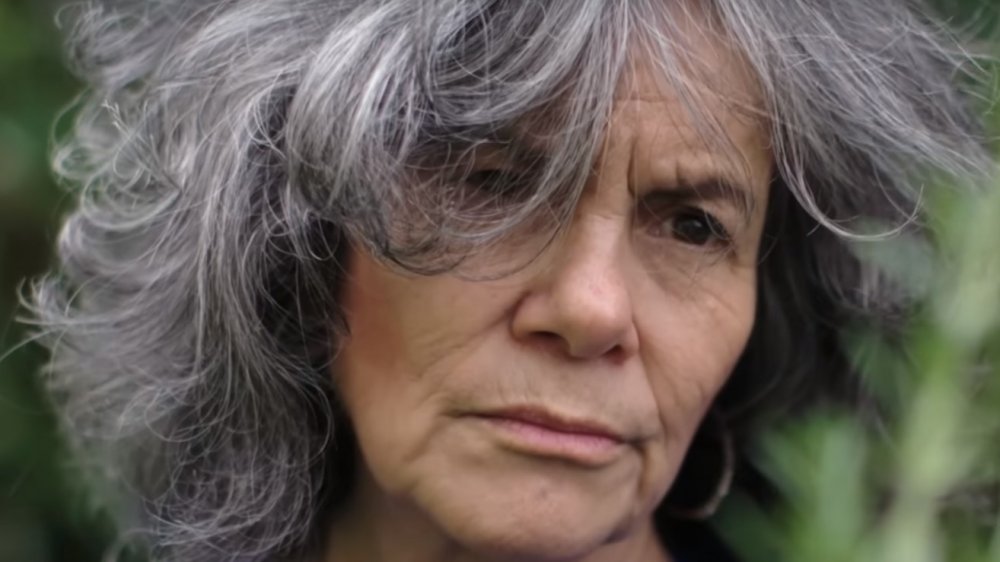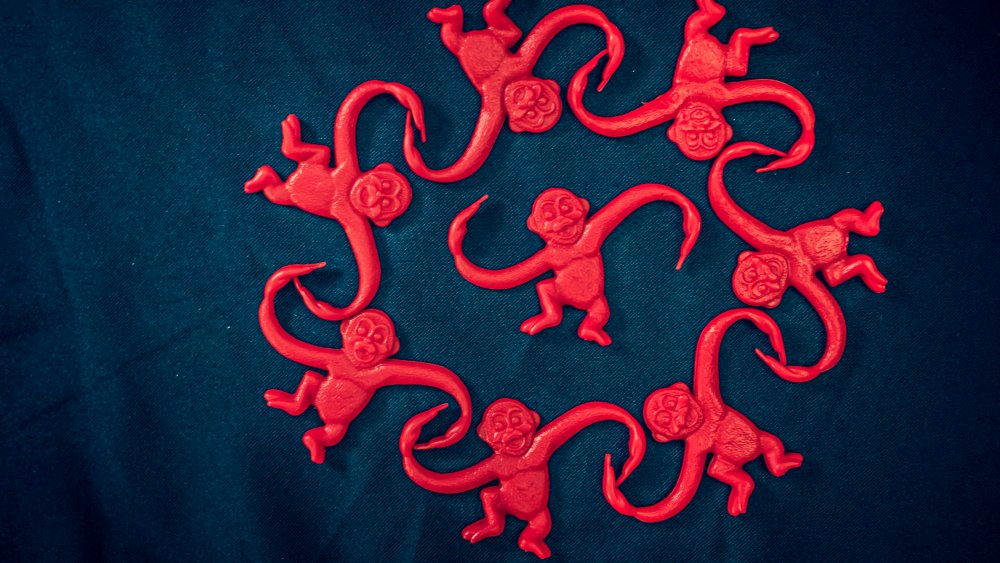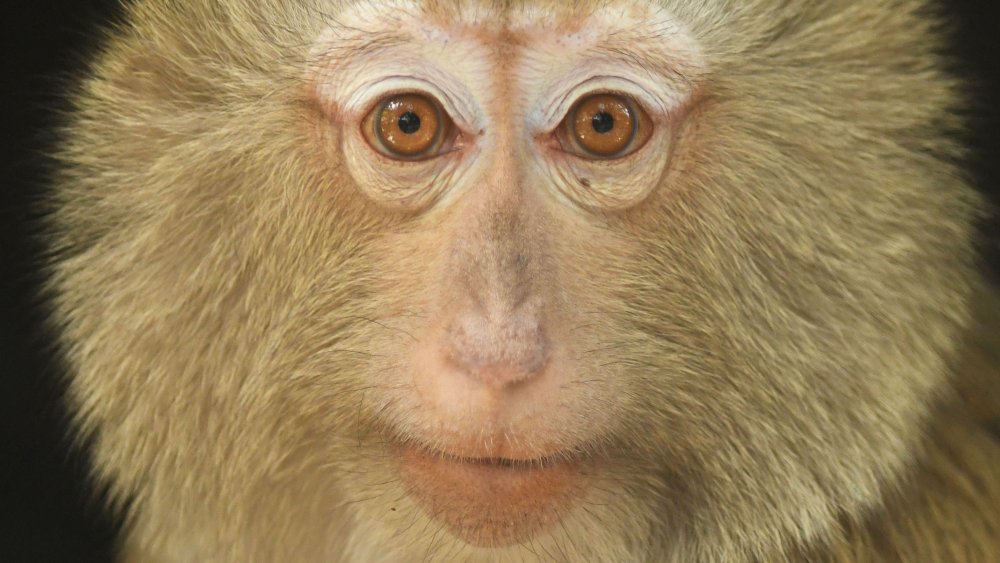Marina Chapman: Whatever Happened To The Girl Raised By Monkeys?
Marina Chapman, by her own account, has had a roller coaster of a life. Hers is the sort of story that one might point a cynical finger towards, touting improbability. But maybe, for a moment, we can put our skepticism aside. Maybe, if only for one day, the internet can leave their world-weariness at the door. Maybe, just maybe, with the eyes of a child, we can look to the tale of Marina Chapman and believe that yes, Virginia, a woman really was raised by capuchin monkeys.
Or, you know, maybe it's crap. Who's to say? Let's dig in.
Taking it on the capu-chin
To hear Marina Chapman tell it, her story goes as follows: sometime around her fifth birthday (maybe 1955, but who knows?) she was playing outside, as young folk are wont to do, enjoying the sun's gentle warmth upon her skin. That's when two dudes snuck up and chloroformed her good, employing the old rag-across-the-face routine favored by onscreen abductors. It's a Hollywood classic that it turns out doesn't really work that way, but again — not here to rain on anyone's parade.
During the abduction, Chapman says she has vague memories of hearing other children crying. What came next was an unexpected move. Marina says that, rather than being trafficked across international borders or forced to work in a sweatshop, she was unceremoniously dumped in the Colombian rain forest, indicating that her captors were those rarest of criminals: recreational sport kidnappers.
Marina then recounts a period of uncertainty, saying that she expected her captors to return, or for a passerby to rescue her. When neither event transpired, she walked into the jungle until her clothes fell apart, then walked some more.
The capuchins capitulate
At last, a boon: along came the monkeys; glorious capuchin monkeys with a maternal streak. Marina says that they didn't take to her at first, but she observed them and envied their familial bond. One day, she suffered from a bad case of tamarind poisoning, and a monkey she calls Grandfather took pity on her, escorting her to a muddy stream. She drank, became ill, vomited, and felt better. Like any number of state college fraternities, the monkeys started to warm up to the girl after they'd watched her puke.
The capuchins accepted Marina into their fold, though her account of their relationship paints her less as an honorary monkey and more as an adopted pet. By observing the creatures, Chapman says she learned how to climb trees, eat healthy, and groom herself to the standards of a small primate. She knew that they really loved her "when they started to wee on (her) leg." How that never made it into a Jungle Book adaptation, we'll never know.
Barrels full of fun
As reported by The Guardian, Chapman's story is so far out there that publishers refused to print her memoir, A Girl With No Name, and it's easy to see why. Surprisingly, the tale of a pint-sized South American Tarzan just gets more dramatic once you get past the part in the jungle.
Feeling isolated and drawn to fellow humans, Chapman says that she approached a group of hunters in the jungle. The hunters took her in and, in a classic "man is the most dangerous creature of all" twist, sold her to a brothel. Bathed and clothed, Marina says that she was moments away from being put to work, but she escaped in the proverbial nick of time. From there, she moved to Cucata, where she was briefly enslaved by an organized crime family and forced to clean their house. She was then adopted, moved to Bogota, and took the name Marina. There, she met a nice boy named John at church and the two were married, eventually moving to Bradford and having a couple of kids.
An unbelievable barrel of crap-uchin?
Difficult to swallow? Maybe. Researchers and psychologists have been bickering back and forth about Marina's story for decades. Some claim that her stories are a textbook case of false memory syndrome, basically the brain equivalent of "the heart wants what it wants."
An article published by NPR is especially skeptical. As they point out, many of the facts cited by Chapman don't mesh with reality. Her accounts of the monkeys building nests in trees just can't jive with the observations of biologists. Even Chapman's daughter Vanessa, who helped write Marina's book alongside a ghostwriter, is quick to point out that, at the very least, her mother has no sense of the chronology of her story, and that specific details are even murkier. "We only feel confident that it's fairly accurate with how everything managed to slot in together neatly once we'd got the pieces in some order," she says.
